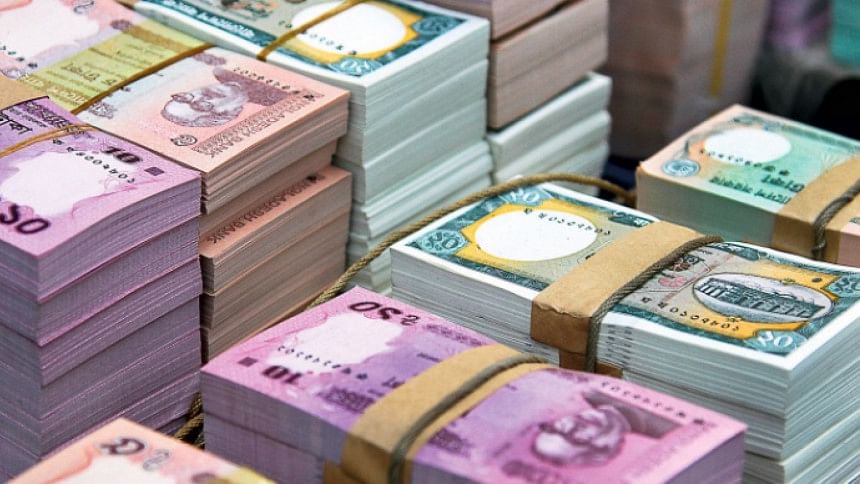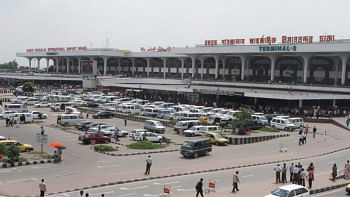Why liquidity crunch in banks?

The liquidity crunch that has hit the private sector has its roots in the Farmers Bank debacle. It went down under primarily because the bank management went for giving out wholesale credit without maintaining two fundamentals. While we all know about how loans were given to undeserving parties, what is not talked about much is that the loan-deposit ratio fixed by the central bank was openly flouted. The rule was that a bank could lend out 85 percent of deposits (keeping 15 percent in reserve for unforeseen contingencies). This rule was openly flouted and no action was forthcoming from any quarter, and 15 to 20 other private banks followed suit.
When the news hit the market that Farmers Bank was in deep turmoil, depositors, both individual and institutional tried to cash out but the money was simply not there. Again, this debacle has had a chain effect on other banks and lots of depositors have withdrawn their deposits and placed them in savings instruments which are considered to be "safer" investment. Today, we have a situation where banks are now scrambling for deposits and in this race there is a competition to lure back depositors offering ever-higher deposit rates. The downside of this of course is that credit interests are also being raised to cover the cost of the banks for giving depositors higher returns on their deposits.
All in all, a big mess! None of this would have come to pass of course if the central bank, as regulator, enforced rules that were broken in plain sight. Of course it's not only Bangladesh Bank that is at fault. Policymakers have long brushed aside repeated financial scams as nothing more than a drop in the ocean. The contagion of graft in certain banks has now caught up with us and the banking sector as a whole is paying the price.

 For all latest news, follow The Daily Star's Google News channel.
For all latest news, follow The Daily Star's Google News channel. 








Comments